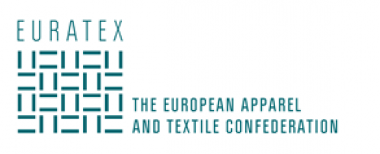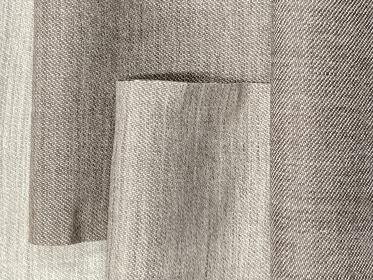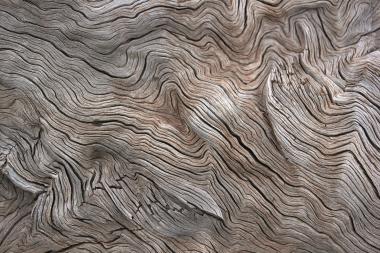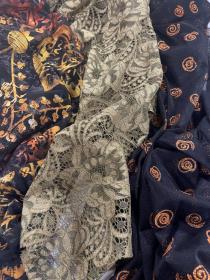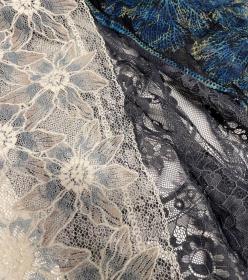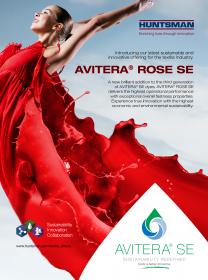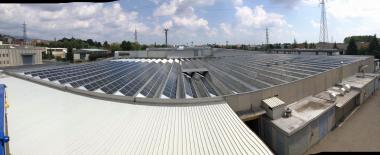SGL Carbon: Initiated transformation shows effect in sales and earnings 2021
- Sales increase of 9.5% to €1,007.0 million driven by almost all business units
- EBITDApre improves by 50.9% to €140.0 million, reaching the upper end of the 2021 guidance raised in July
- Net financial debt reduced from €286.5 million to €206.3 million
- Start of business in 2022 overshadowed by uncertainty resulting from the war in Ukraine
Rising demand in almost all market segments led to a 9.5% increase in Group sales to €1,007.0 million in fiscal 2021 compared to the previous year (2020: €919.4 million). Almost all business units contributed to the pleasing sales performance. At 50.9%, EBITDApre improved disproportionately to Group sales and amounted to €140.0 million in fiscal 2021 (2020: €92.8 million). Increased sales and the associated higher capacity utilization contributed to the improvement in earnings, together with the cost savings achieved as a result of the transformation initiated at the end of 2020.*
Outlook
Based on the assumptions outlined and including the costs of the energy hedges, the company expects Group sales for the 2022 financial year to be at the previous year's level and EBITDApre to be between €110 million and €130 million.*
* See attachment document for more information,
SGL CARBON SE






